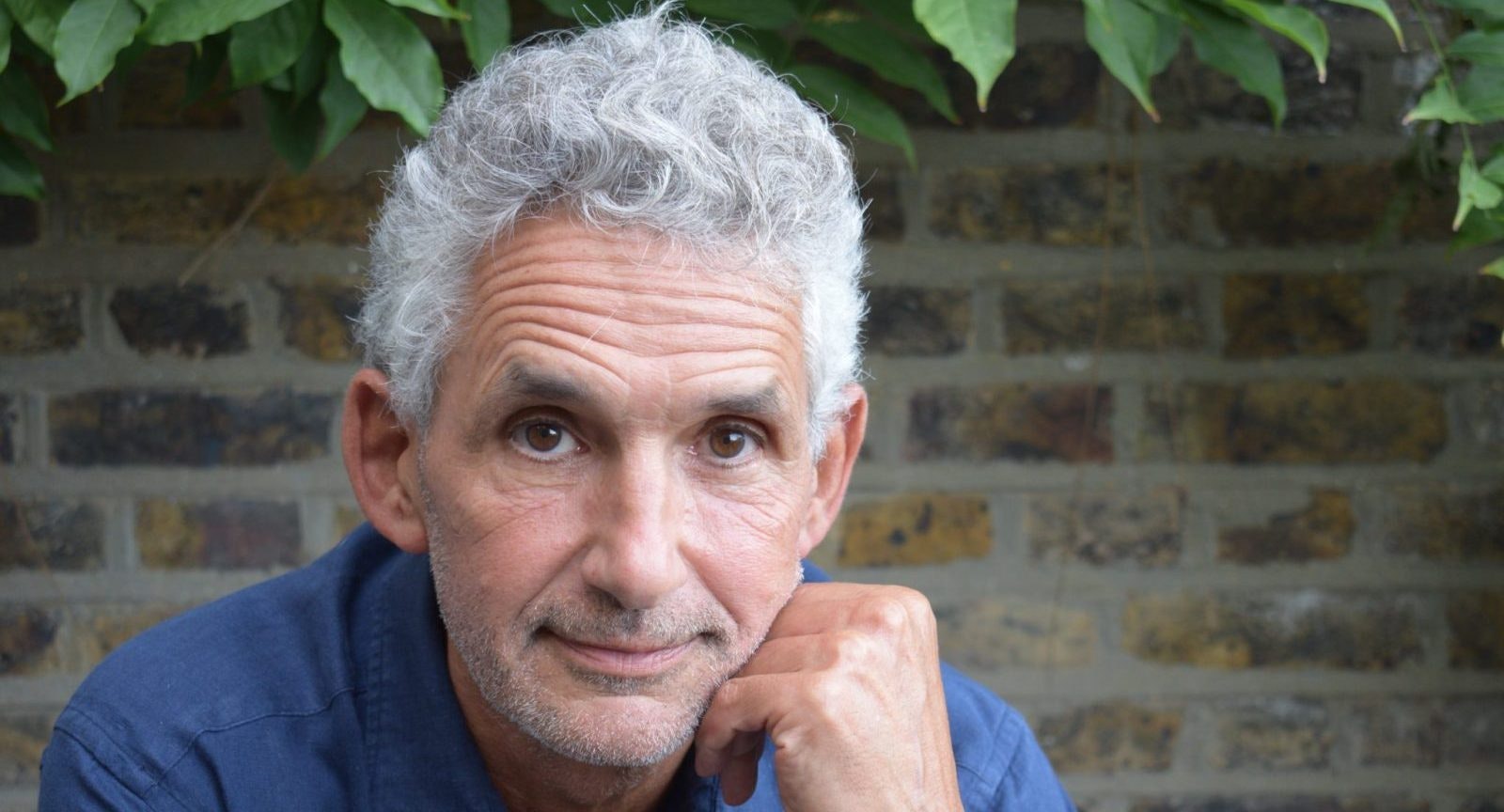From gene therapy and cancer treatments to next generation coronavirus vaccines, the world of genetic medicine is expanding at pace. Pivotal to the whole field is one thing: the availability of DNA.
Touchlight, a London-based healthtech, has secured $125m in new funding to expand its production of synthetic DNA, using a new process which it says could help the industry scale up and move faster. The round was led by Bridford Investments Limited and Novator Partners.
“There are about a thousand clinical trials underway in genetic medicine, be it in gene therapies, cancer therapies, next generation vaccines — central to all of those is DNA,” explains Jonny Ohlson, chairman of Touchlight.
The Pfizer and Moderna coronavirus vaccines, for example, use synthetic DNA at the start of the process as a template for mRNA, on which the vaccines are based.
Then there’s the emergence of DNA as the active pharmaceutical ingredient itself — the first DNA vaccine, ZyCoV-D, has just been approved for use in India.
Producing synthetic DNA
At present, the process for producing DNA involves inserting the gene of interest into plasmid, a genetic structure in a cell that can replicate independently, and grow the quantity in a bioreactor using E.coli. It's a biologic process that's been the benchmark of creating DNA for the industry.
Touchlight’s synthetic method involves using enzymes to produce genes or gene sequences instead of plasmid. With this method, there’s less likelihood of antibiotic resistance developing during the development process, Ohlson says.
An advantage of the Touchlight process is that it can scale up more easily than the plasmid process, Ohlson says. The plasmid model uses bacteria grown in large stainless steel fermenters, followed by complex purification methods, whereas enzymatic DNA can be produced on a bench top, without the need for large bioreactors.
The production of synthetic DNA has become a pressing concern for the industry since the coronavirus pandemic began, and one that Ohlson says will only increase.
“We worked on the development of two vaccines and we’re now more broadly developing relationships with all the mRNA companies,” says Ohlson. “As new variants could come, we need a rapid response for making new vaccines, and our platform helps that.”


